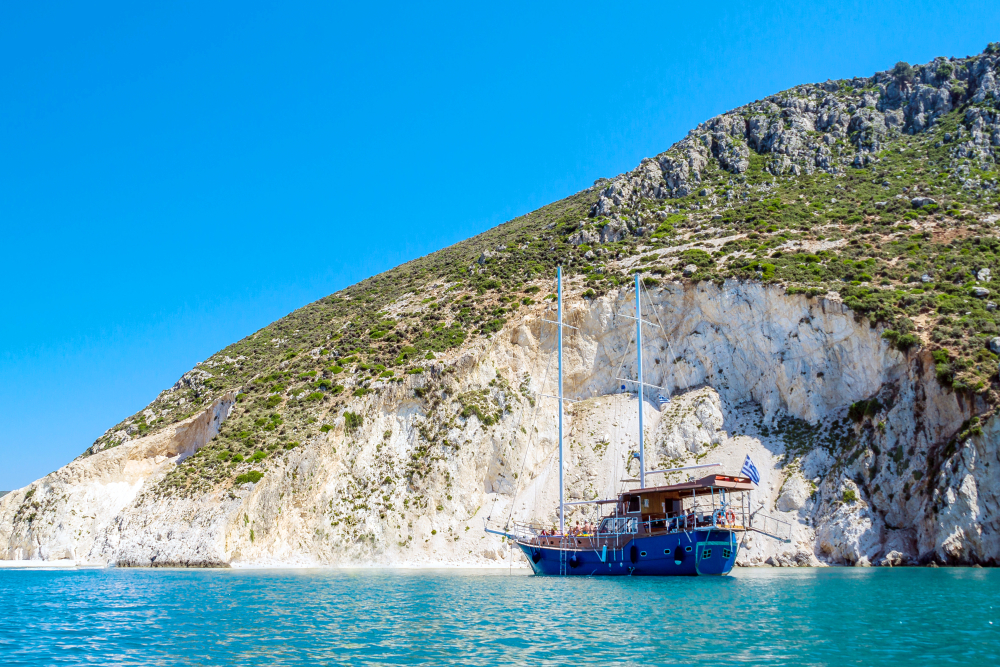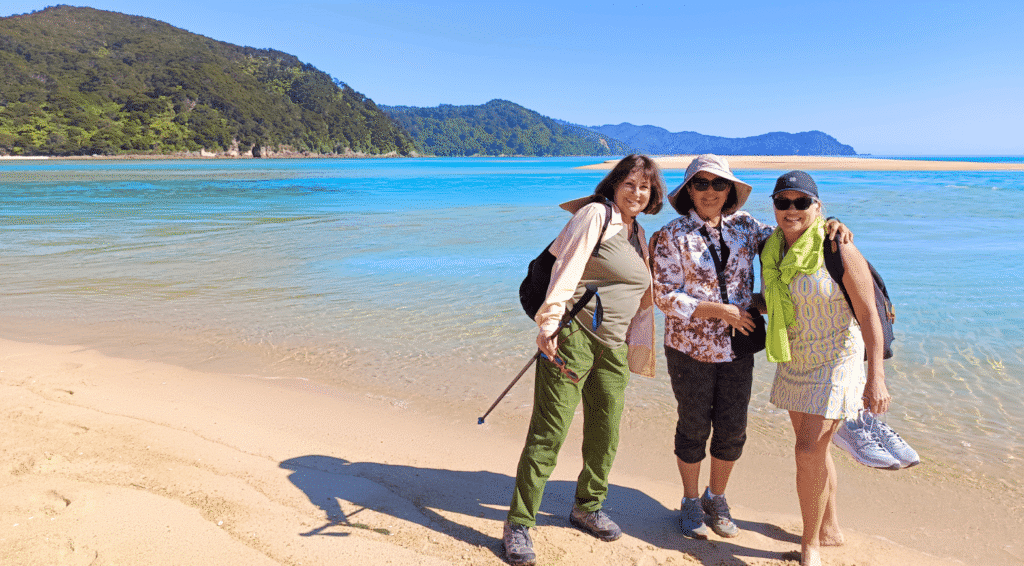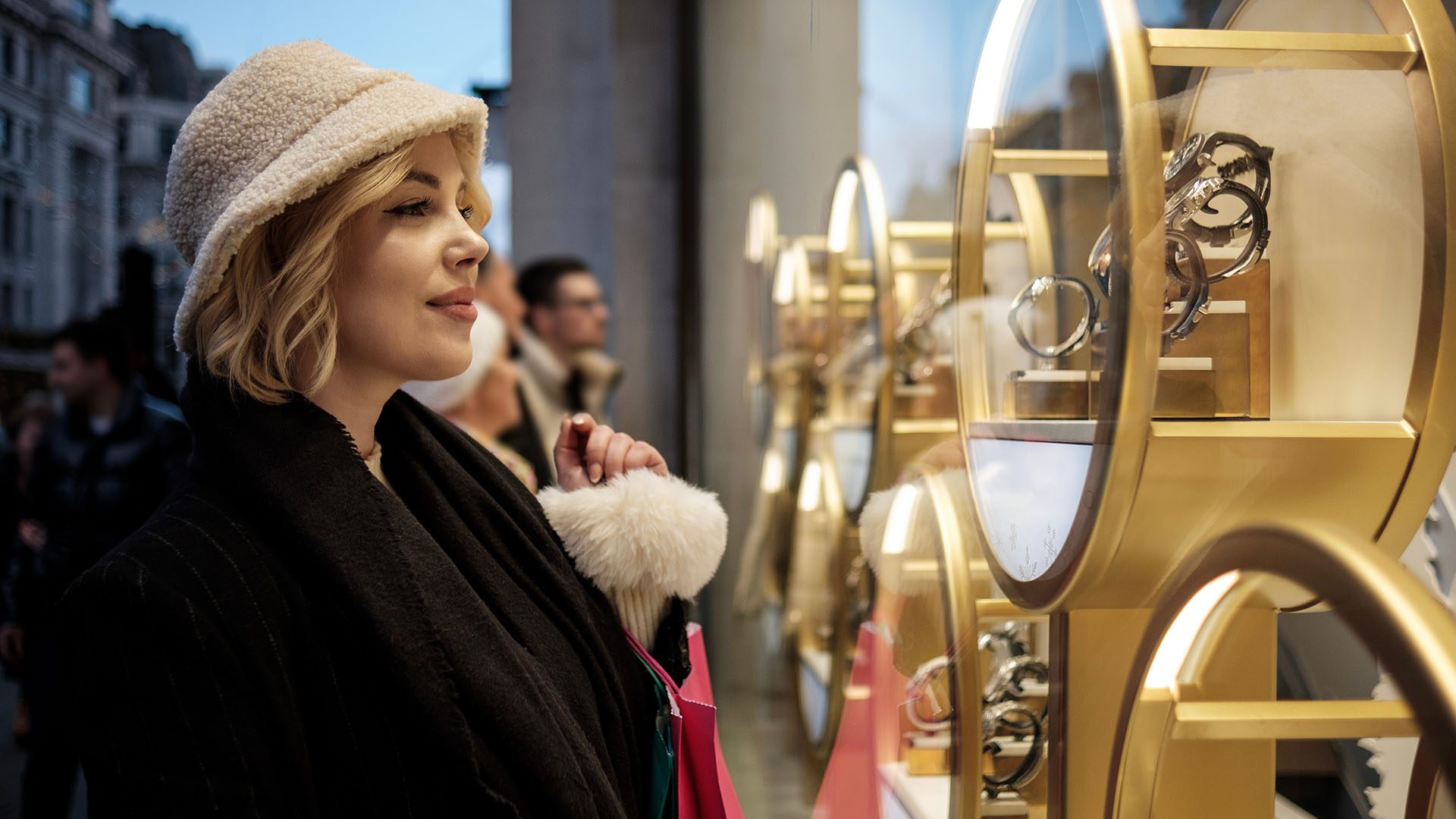From the most beautiful sandy beaches to Minoan excavations and white fishing villages: the best of the Greek Islands.
It is said that Greece has around 6,000 islands, but that depends on your definition of an island. However, some claim that there are only about 1,200. What we do know for sure is that 227 of the Greek islands are inhabited. And when you have so many choices, why stay in one place?
The islands, scattered across the Ionian, Mediterranean and Aegean Seas, are the perfect destination for what is known as “island-hopping.” From impressive coastlines to green islets, volcanic beaches to ancient archaeological sites, each island has its own charm and it would be a shame if you only visited one.
But where do you start? To help you choose, we’ve listed five beautiful Greek islands with details on how to make the most of each one.
Crete
We begin with the largest of the Greek islands: Crete. Sunworshippers can indulge in the sandy beaches on the north coast. Two of the most beautiful beaches are Balos Beach and Falasarna, both located in the northwest. With sand so white and water so clear you will feel like you’re outside Europe.
Action seekers should head inland and south. There are three mountain ranges in Crete, with the highest mountain being Ida Psiloritis, standing 2456 meters high. A visit to the Samaria Gorge, with a length of sixteen kilometers, is also an essential excursion for hiking enthusiasts.
In need of culture? Then look no further. The 4,000-year-old Knossos Palace is where European civilization once began and was the center of Minoan civilization. Heraklion, the capital of Crete, can be easily explored on foot. In the old town, you will find numerous frescoes, pottery and excavations from Minoan times. Both places are the perfect combination for a fascinating excursion.
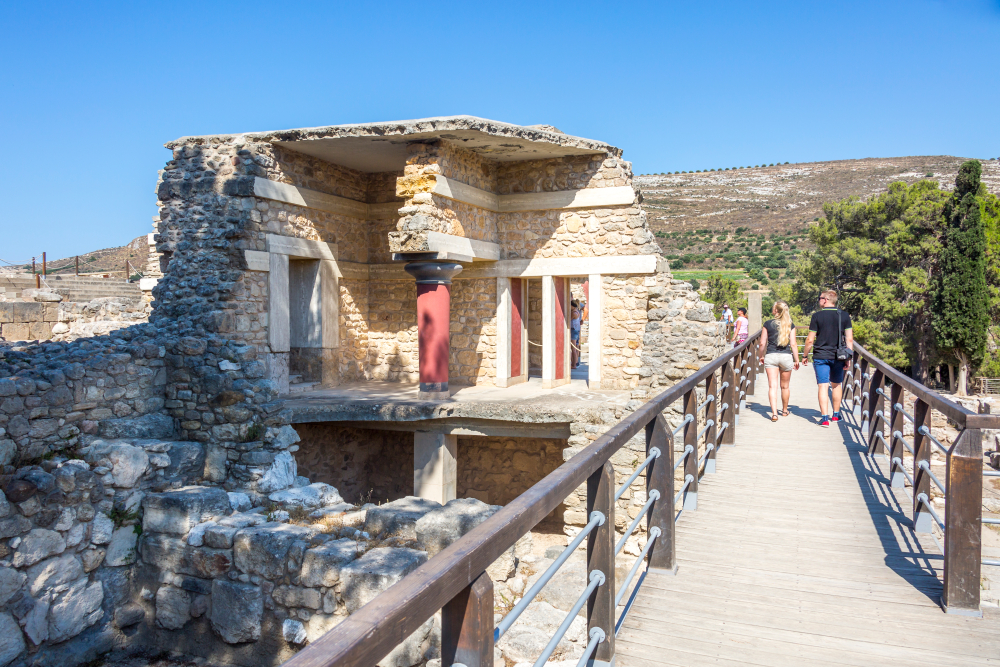
From Crete, you can easily hop to another island. Spinalonga, the uninhabited island, is located a few hundred meters off the east coast. Once you reach the fortified island, you step back in time. Throughout the centuries this island has been a Venetian outpost and an Ottoman city, but it is best known for its function as a leper colony in the 20th century. On a guided tour, you will learn all about its history and taste typical Greek dishes over lunch.
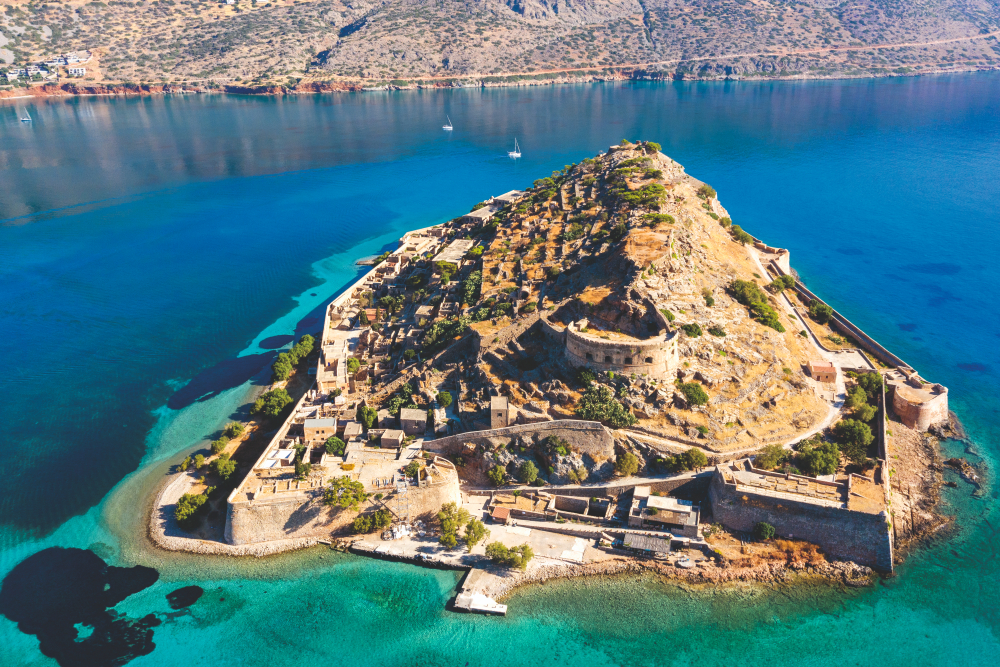
Rhodes
Located in the Aegean Sea, Rhodes is a second favourite amongst the Greek islands. You can feel the history in the island’s historical capital. The entire Old Town is a UNESCO World Heritage Site and is surrounded by medieval fortifications. Other attractions include the Palace of the Grand Master of the Knights of Rhodes, the Street of Knights and the Museum of Ancient Greek Technology. A guided tour is encouraged if you don’t want to miss all of the local hidden secrets.
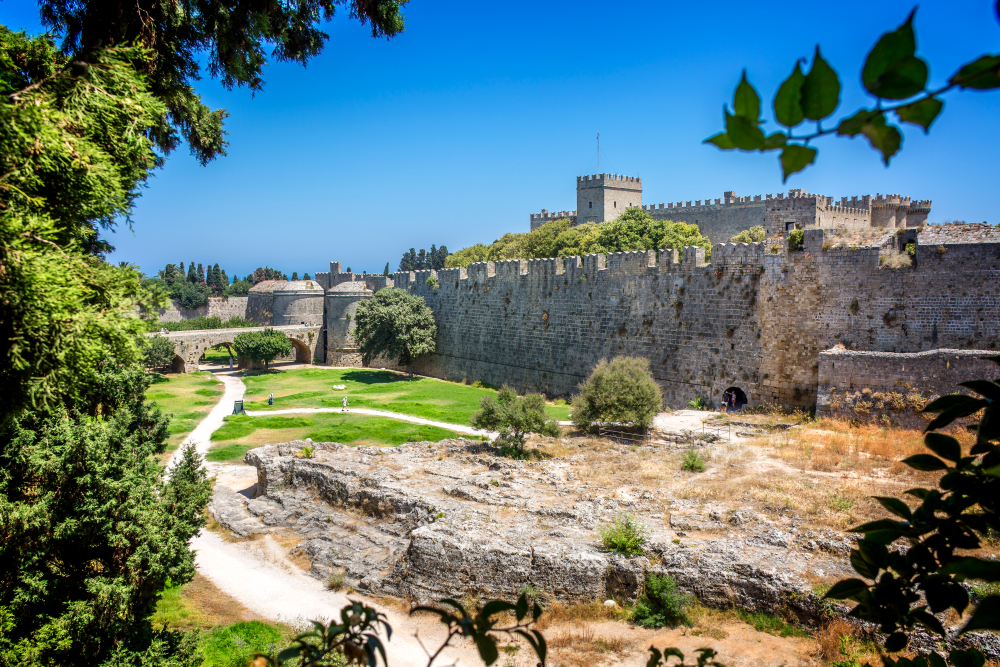
When we think of an acropolis we quickly think of Athens, however, Rhodes has one too. Take a 50-minute drive from the capital to the white fishing village of Lindos. It’s easy to get lost in the maze of alleys and white houses, so we definitely recommend a visit with a local guide. The main highlight of Lindos is its acropolis, as mentioned above, which sits 120 meters above sea level and is not only interesting for its history, but also offers great views.
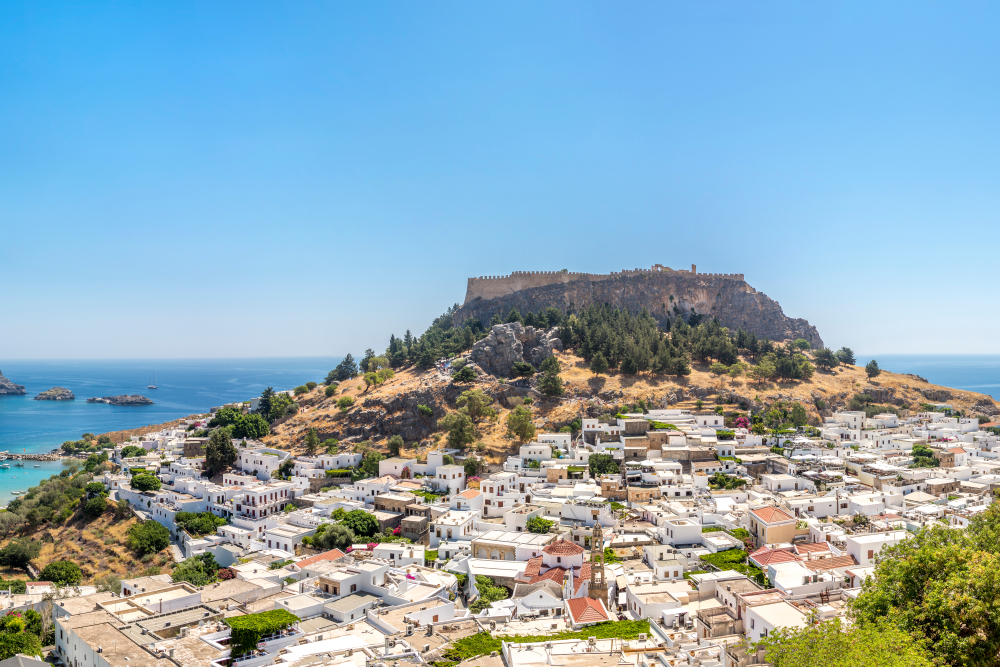
From Rhodes, it is a short ferry ride to the neighbouring island of Symi. Once you reach the coast of Symi, you will be greeted with coluorful fishing boats. It doesn’t get much more authentic than this. A sight not to be missed is the Panormitis Monastery, which can be found perched on the waterfront along with its Byzantine frescoes. With its pastel-coloured houses, the town of Symi is also a must and a place where you can learn about the history of sponge diving. On an excursion you will discover everything about this special island.
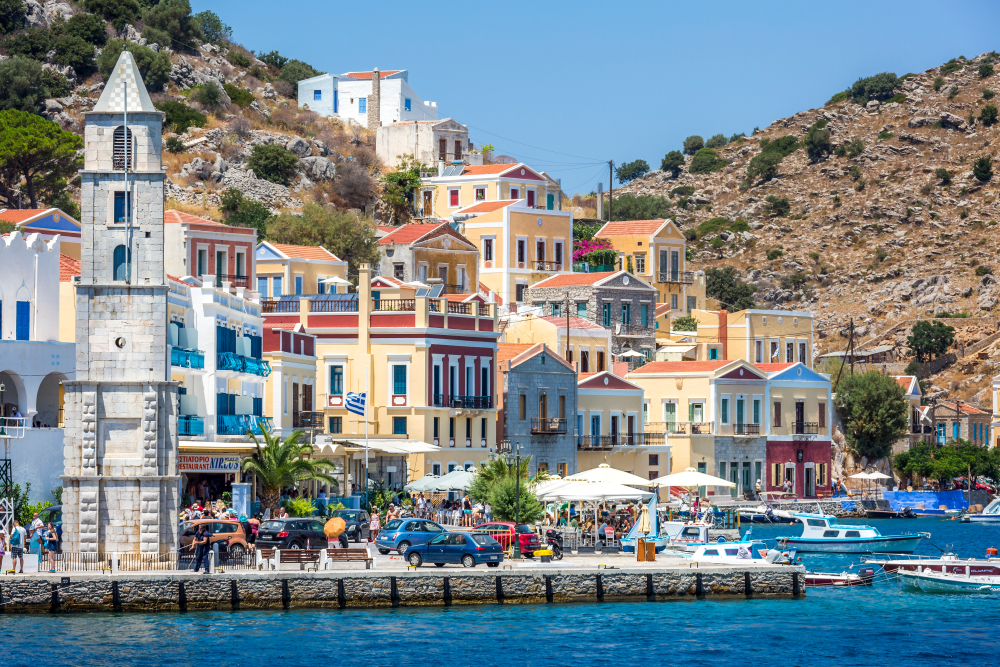
Hungry from all the culture? Then get ready to indulge your taste buds. The gastronomy of Rhodes is just as delicious as the rest of Greece and will leave you with a feastful experience. From locally pressed olive oil to the wines of Embona and traditional dishes in the taverns, it’s all here. Fancy a day dedicated to gastronomy? Then join us on a culinary tour!
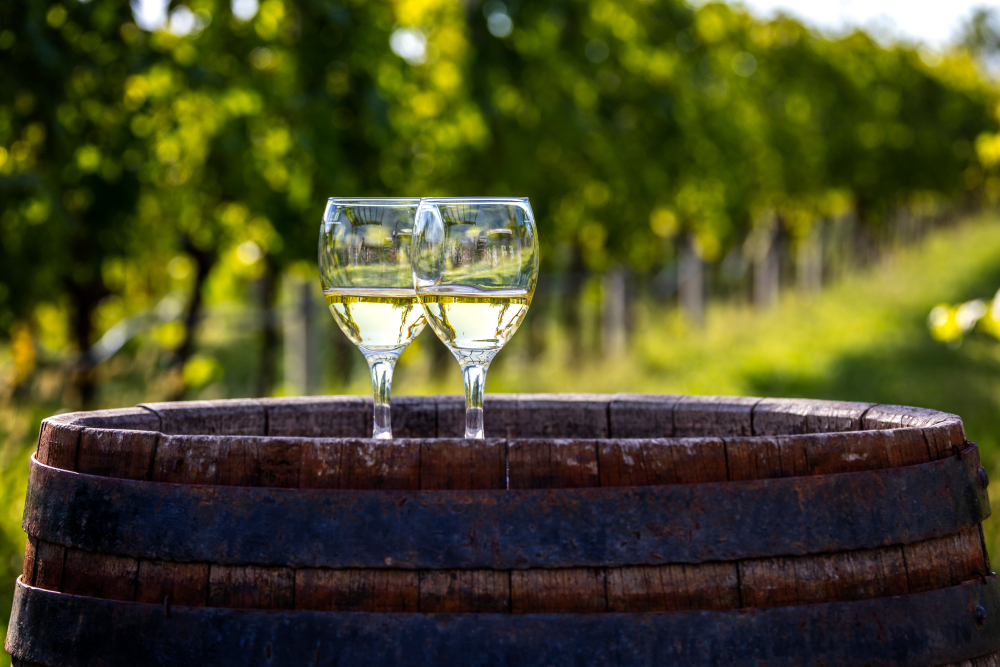
Corfu
We now hop on to the Ionian Sea, to the multi-faceted island of Corfu. It is one of the northernmost Greek islands and lies partly off the coast of Albania. Due to its heavy rainfall during the winter, the island is very green and ideal for hiking. Hiking enthusiasts will therefore enjoy the Corfu Trail that runs from south to north across the island. This route is 180 kilometers long, but even just a brief walk will be an experience like no other.
The island’s capital should also be on the agenda. Due to Venetian, French and British influences over the centuries, this city has a special blend of styles. So special that it is the only non-religious or non-classical UNESCO World Heritage Site in Greece.
Another must-see on the island is Palia Peritheia (Old Perithia). Abandoned until 1997, It is one of the oldest and most beautiful villages on Corfu. A few taverns have opened since then, but in general, the houses are run-down and new construction is prohibited. Bella Vista is also a strongly favoured highlight, with its breathtaking viewpoint displaying the most beautiful scenic views of Palaiokastritsa. Known as the “balcony of the gods” by the locals, this says it all. On a day trip, explore all these places and more at your convenience with a local expert.
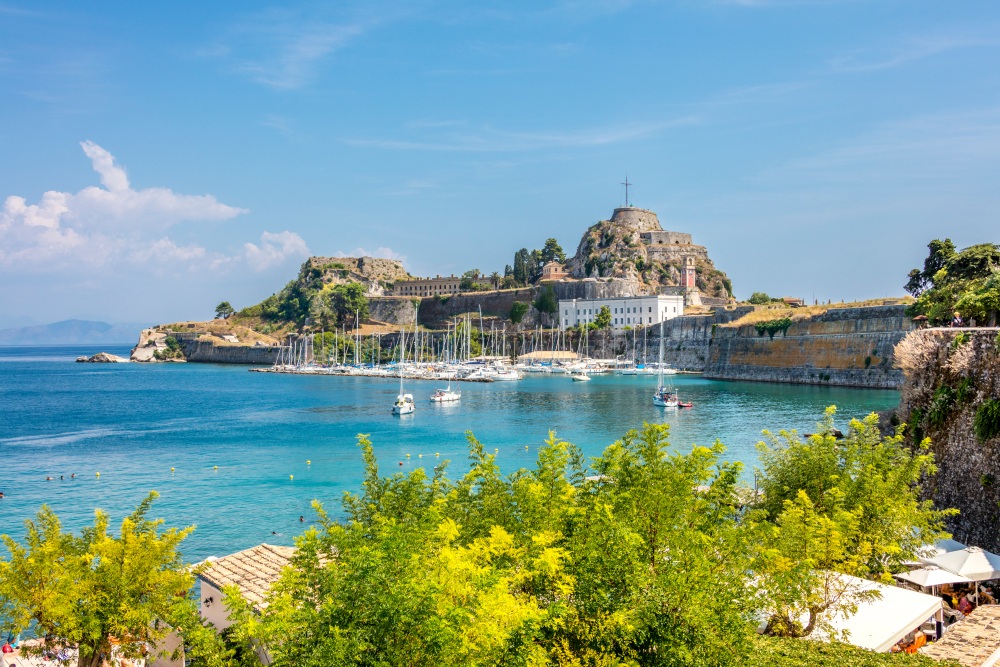
Zakynthos
The Venetians called it the “flower of the east” and they had every reason to. In fact, 7,000 species of flowers can be found on Zakynthos (Zante). Thanks to the combination of culture, nightlife, white beaches and water sports it offers, it is a popular holiday destination for many. The island is home to several famous monasteries such as the Agios Georgios, Anafonitria and Yperagathos. Greek Orthodox frescoes can be found, giving you are truly priceless experience.
The main attraction of the island that needs to be visited are the beaches. One of the most Instagram-worthy is Navagio Beach. The rusting shipwreck on this beach has attracted visitors for decades which is how it developed its nicknamed, “Shipwreck Cove”. Child-friendly beaches are also plentiful, including the beaches at Gerakas and Laganas.
Turtle Island should not go unmentioned either. The island, called Marathonisi, is a wooded islet off the coast of Zakynthos. The place owes its name not only to its shape, but also to the hawksbill turtles that nest here from May to October. On a boat trip to Turtle Island, you will learn all about the importance of preserving this habitat and if you get lucky, you will be able to see the turtles in the water or on the beach. A great activity for the whole family.
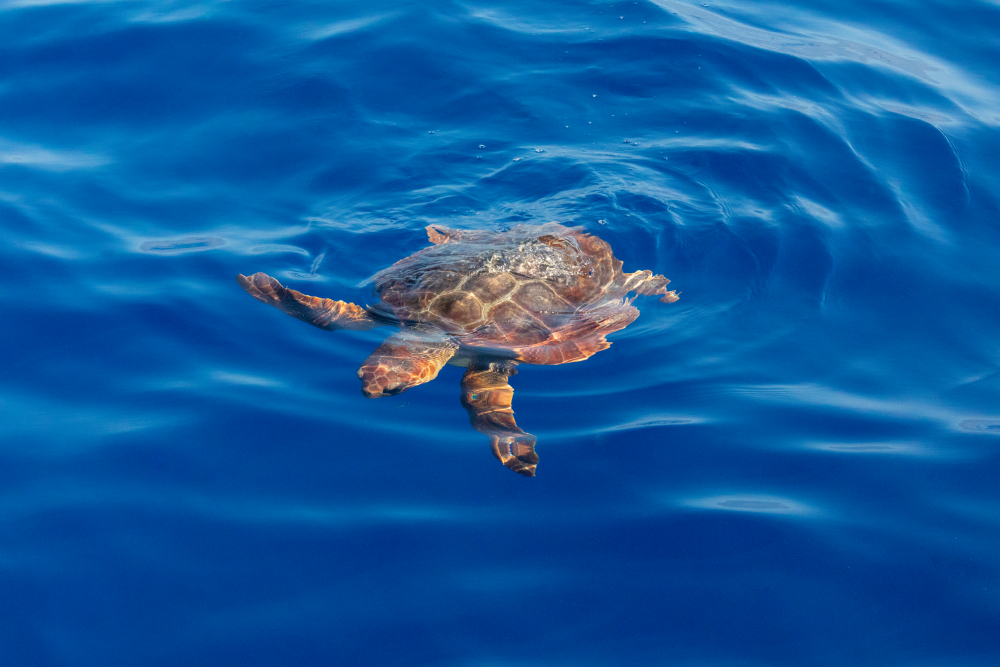
Kefalonia
Green Kefalonia is the largest of the Ionian islands. The mountains, full of green cypresses, pine and olive trees, form a beautiful contrast to the clear blue waters. The island is home not only to Mount Ainos (1628 meters high), but also to the only national park on a Greek island that surrounds it. The pine-covered mountain is ideal for hiking and you might even be lucky enough to spot small horses that roam the grounds.
On the lower part of the mountain, you will find vineyards where the popular Robola wine is produced. The mild climate is ideal for grape cultivation and a visit to a winery will complete your stay on Kefalonia. The locally produced olive oil, honey and feta cheese are also worth sampling.
Those who enjoy water activities should take part in diving and snorkeling or sunbathing on one of the pristine beaches. Join a boat trip around Kefalonia and discover the best of the island from the water. From the underground Lake Melissa to the beautiful beach of Myrtos and the port town of Fiskardo, the coast of Kefalonia is full of surprises.
